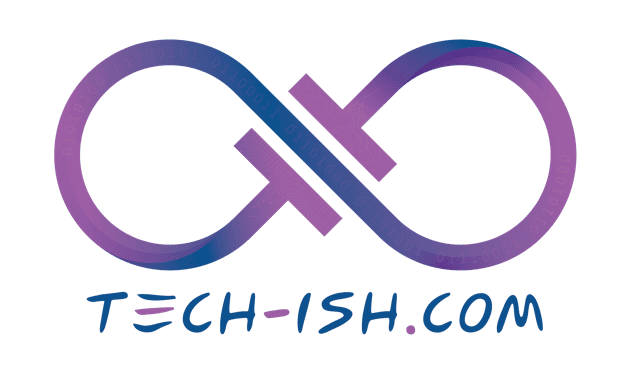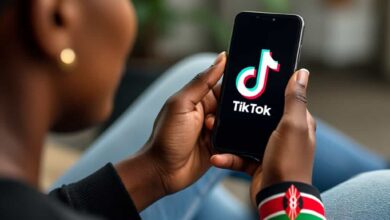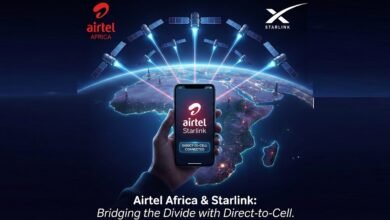
With mobile broadband now available to 96% of the global population, the question is no longer “Can people connect?” but “Why don’t they?”. The GSMA’s “State of Mobile Internet Connectivity 2025” report provides definitive answers, pinpointing a series of stubborn barriers that prevent adoption and deepen the digital divide.
Among those aware of mobile internet but not using it, two challenges consistently rise to the top: the affordability of handsets and a lack of literacy and digital skills.
The Handset Hurdle: A Prohibitive Price Tag
Affordability, particularly the cost of an internet-enabled phone, is the single most reported barrier to adoption across low- and middle-income countries (LMICs). The report reveals stark figures:
- Across LMICs, the cost of an entry-level, internet-enabled handset represents 16% of the average monthly income.
- For the poorest 20% of the population, this burden skyrockets to an untenable 48% of their average monthly income.
- In Sub-Saharan Africa, the region with the lowest connectivity, an entry-level device costs a staggering 87% of the monthly income for the poorest 20%.
This price barrier is the primary reason why two-thirds of the 3.1 billion people in the usage gap—roughly 2 billion people—do not yet own a mobile phone at all.
The Skills Gap: The Confidence to Connect
Just as critical as owning a device is having the knowledge to use it. “Literacy and digital skills” consistently ranks as the second major barrier to adoption. This challenge encompasses everything from basic reading ability to understanding how to navigate apps, browse the web, and protect oneself online.
The report notes that while awareness of mobile internet has grown, reaching the final segment of the population is considerably more challenging, with awareness levels often stalling once they reach 70-80% in many countries.
Secondary Barriers: Safety, Security, and Relevance
While affordability and skills are the top two hurdles, other significant concerns prevent people from getting online or using the internet more frequently.
- Safety and Security: For those already online, safety and security concerns become a more prominent barrier to increasing their usage. These fears are often related to scams, fraud, and information security. In fact, among existing urban users, it is the most frequently cited barrier to further use.
- Connectivity Experience: For existing users, the quality of the connection—including speed and consistency—also becomes a significant barrier to more intensive use.
- Relevance: The report also highlights the role of relevant content. A perceived lack of locally relevant services and content in local languages can diminish the perceived value of the internet, which in turn impacts a person’s willingness to pay for a device and data.
Addressing the Usage Gap requires a multi-faceted strategy. Lowering device costs is critical, but it must be paired with widespread digital skills training and efforts to build a safer, more relevant online environment to truly unlock the benefits of connectivity for all.







